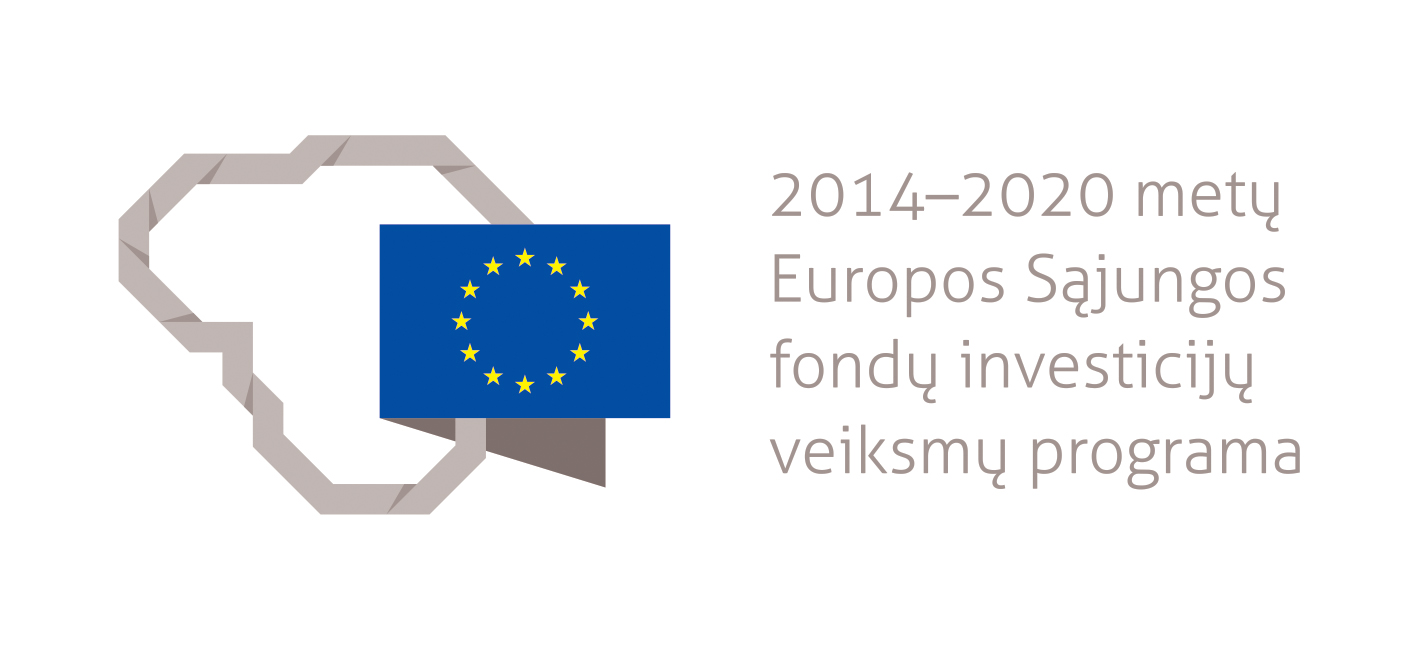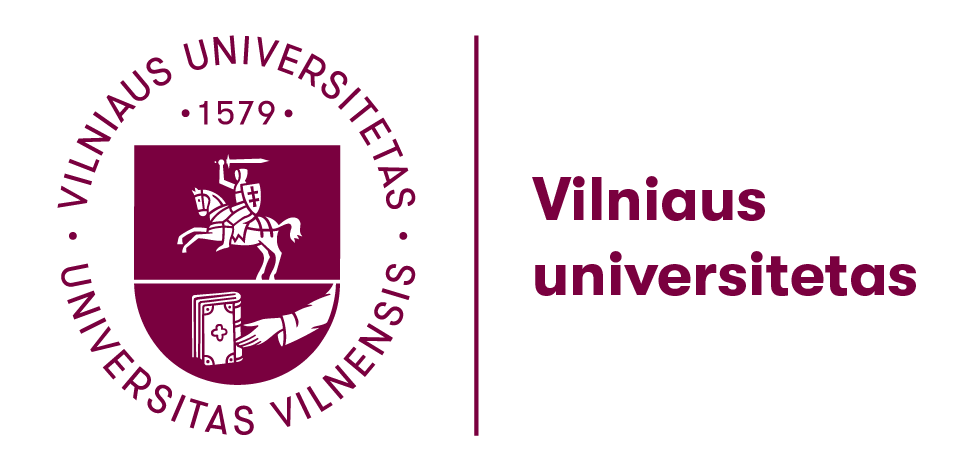R. Želvys , R. Dukynaitė, J. Vaitekaitis, A. Jakaitienė
International Conference on Education Research and Policy (ICERP), 2021 m. gegužės 21-24 d., Šanchajus, Kinija. Virtuali
Abstract. During the last few decades measurement of educational effectiveness has become a global tendency. Both supranational and national bodies of governance tend to apply quantitative performance indicators as landmarks for educational development. In particular, the European Council has established benchmarks for education and training until the year 2020 [1] and annually monitors the progress of the EU member states [2]. Lithuanian government also applies performance indicators in developing its national education policy. National Education Strategy for the years 2013-2022 pointed out 31 performance indicator to be achieved by 2022 [3]. Plan of Implementation of the XVIIth Government Program (2016-2020) indicated 39 performance indicators to be achieved by 2020 [4]. Lithuania‘s Progress Strategy „Lithuania“ 2030 implies just four, and National Progress Program for the Years 2021-2030 – five performance indicators for education [5]. All mentioned indicators differ in numbers, cover different fields of education and are not always compatible. Abundance, variety and frequent change of performance indicators causes a number of problems for the policy implementation process:
- Reduction of educational goals into a set of performance indicators limits the possibility of objective measurement of educational effectiveness [6]. Many aspects of educational activities cannot be measured in a quantitative way.
- Frequent changes of performance indicators threaten the sustainability of educational development. Educational goals actually become moving targets.
- Overlapping and/or contradicting strategies hinder the implementation of measures scheduled for achieving earlier established indicators. Plan of Implementation of the XVIth Government Program included only one-fifth of the indicators from National Education Strategy for the years 2013-2022, Plan of the XVIIth Goverment – only one third [7].
- Some key indicators (e. g., PISA results) tend to prevail over other indicators and dominate in making policy decisions. In this respect Lithuania follows the general trend of „governing by numbers“ [8], peculiar to many other countries which participate in PISA survey.
At the beginning of the last year the Government of Lithuania initiated a discussion about a national agreement in education [9]. Eventually the process was postponed until the end of the parliamentary elections which occured in autumn 2020. Recently several leading political parties expressed their willingness to continue the process of working out the national agreement. Decision-makers hope that in case of success the joint agreement on educational goals and respective performance indicators could help to solve the above mentioned problems and reduce the uncertainty in policy implementation. However, the experience of previous agreements of political parties, in particular, the agreement about the principles of reforming higher education [10], shows that politicians do not always tend to keep the promises fixed in agreement.
References
- European Council. Council Conclusions on 12 May 2009 on a Strategic Framework for European Cooperation in Education and Training („ET 2020“). Brussells: European Council, 2009. Available: https://eur-lex.europa.eu/legal-content/EN/TXT/PDF/?uri=CELEX:52009XG0528(01)&from=EN
- European Commission. Education and Training Monitor 2020. Teaching and Learning In a Digital Age. Luxembourg : Publication Office of the European Union, 2020.
- Lietuvos Respublikos Seimas. Dėl valstybinės švietimo 2013-2022 metų strategijos patvirtinimo. Vilnius: Lietuvos Respublikos Seimas, 2013. Available: https://e-seimas.lrs.lt/portal/legalAct/lt/TAD/TAIS.463390
- Lietuvos Respublikos Seimas. Dėl Lietuvos Respublikos Vyriausybės programos įgyvendinimo plano patvirtinimo. Vilnius: Lietuvos Respublikos Seimas, 2017. Available: https://e-seimas.lrs.lt/portal/legalAct/lt/TAD/efe9ff4107be11e78352864fdc41e502?jfwid=q8i88lp51
- Lietuvos Respublikos Seimas. Dėl 2021-2030 metų Nacionalinio pažangos plano patvirtinimo. Vilnius: Lietuvos Respublikos Seimas, 2020. Available: https://e-seimas.lrs.lt/portal/legalAct/lt/TAD/c1259440f7dd11eab72ddb4a109da1b5?jfwid=-whxwii77y
- Želvys, R., Dukynaitė, R., Vaitekaitis, J., Jakaitienė, A. „Švietimo tikslų transformacija į rezultatų rodiklius Lietuvos ir tarptautinėje švietimo politikoje“. Acta Paedagogica Vilnensia, vol. 44, pp. 18-33, 2020.
- Nacionalinė mokyklų vertinimo agentūra. Valstybinės švietimo 2013-2022 metų strategijos įgyvendinimo pusiaukelė. Medžiaga diskusijoms. Vilnius: Švietimo aprūpinimo centras, 2019..
- Grek, S. „Governing by Numbers: The PISA „Effect“ in Europe“. Journal of Education Policy, vol. 24, no. 1, pp. 23-37, 2009.
- Lietuvos Respublikos Vyriausybė. Politinių partijų susitarimas dėl Lietuvos švietimo. Projektas. Vilnius: Lietuvos Respublikos Vyriausybė, 2020. Available: https://lrv.lt/uploads/main/documents/files/PROJEKTAS%20Politini%C5%B3%20partij%C5%B3%20susitarimas%20del%20%C5%A1vietimo_2020-01-06.pdf
- Lietuvos parlamentinių politinių partijų susitarimas dėl mokslo ir studijų sistemos pertvarkos principų, 2007. Available: http://lms.lt/archyvas/?q=lt/node/556




